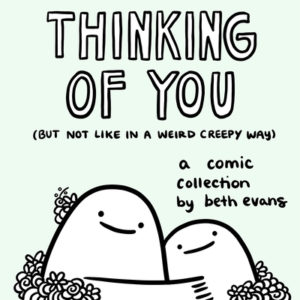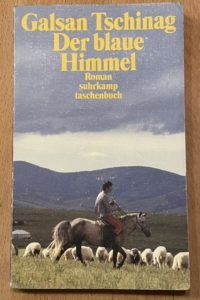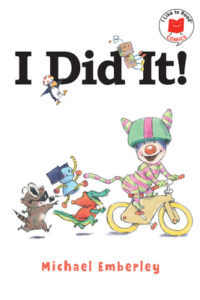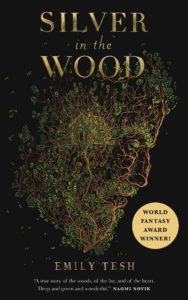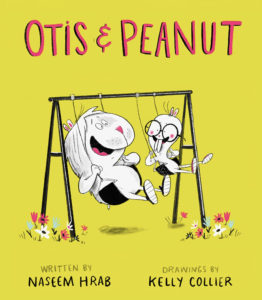What a delightful first graphic novel for young readers! As I’ve discussed elsewhere on this site, how can the discerning reader tell the difference between picture book and graphic novel? This volume falls firmly in that latter category, perhaps due to the more formal nature of having multiple panels on each page as opposed to a picture book’s preponderance of single images per page or double page spread.
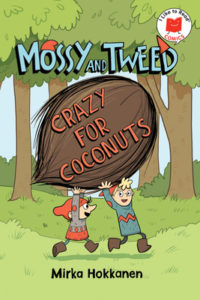 Anyway, now that I’ve finished being pedantic (for now,) let me tell you more about this delightfully silly hardcover volume that thoroughly amused both myself and my reluctant reader middle child. My reluctant reader youngest child bailed out of reading it with me because, sigh, he’d already read one book that day, but Joseph happily obliged by reading this aloud with me.
Anyway, now that I’ve finished being pedantic (for now,) let me tell you more about this delightfully silly hardcover volume that thoroughly amused both myself and my reluctant reader middle child. My reluctant reader youngest child bailed out of reading it with me because, sigh, he’d already read one book that day, but Joseph happily obliged by reading this aloud with me.
As a member of the Space Gnome Discord server (and hello to any of you reading this! I will write some postcards soon, I promise!) I was absolutely tickled to be introduced to Mossy and Tweed, two bickering gnomes who live side by side in Gnome Forest. As they’re arguing the difference between being smart and being lazy one day, a strange item rolls onto their farm, flattening Tweed in the process.
Once they recover, they try to make sense of this new arrival. A label affixed to the rubber band around it implies that the hard, hairy item contains a beach vacation, which spurs our duo to attempt to open it. Mossy figures it out first, but Tweed is adamant that they try out all of Tweed’s ideas before even listening to Mossy’s. Hijinks ensue.


